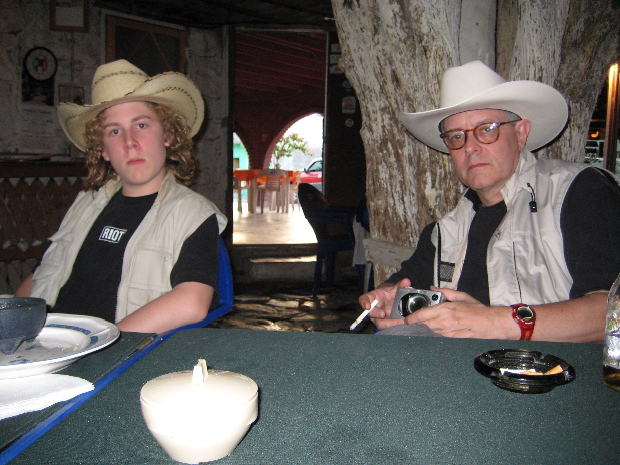
First
tip — if you’re a guy, wear a straw cowboy hat. I don’t pretend
to understand the full cultural significance of the straw cowboy hat in
Mexico, but I do know that it has replaced the sombrero as the national
headgear, though it’s not nearly as ubiquitous as the sombrero used to
be. The sombrero has become ceremonial, part of a costume used on
festive occasions and by theatrical mariachi troupes. The bands
of strolling musicians who play in restaurants, for example, wear straw
cowboy hats.
Hip young kids in Mexico don’t wear straw cowboy hats, nor do
sophisticated professionals, and the baseball cap is making strong
inroads everywhere, even in rural areas.
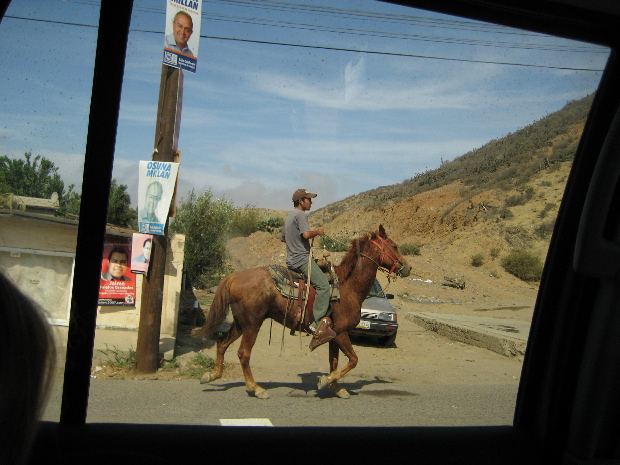
The straw cowboy hat
seems to have something of the significance of the cowboy hat in
America, a sign of solidarity with the nation’s rural roots and the
romance of the ranchero.
The important thing is that Yankee tourists don’t usually wear straw
cowboy hats. My three traveling companions, all blond, were
usually taken at once as Yankees, but people sometimes expressed
surprise to find that I wasn’t Mexican. Even when I was taken as
a gringo, the hat seemed to confer on me the benefit of the doubt,
especially at the ubiquitous army checkpoints where they stop your car
to look for drugs. (They have stepped these up recently at the
urging of the U. S. government, so don’t blame Mexico for the resulting
inconvenience.) We were usually ushered through these with
only the most cursory of inspections, while other gringos were being
searched rigorously. I attribute this to the formal and
respectful greetings I offered to the soldiers — and to the hat.
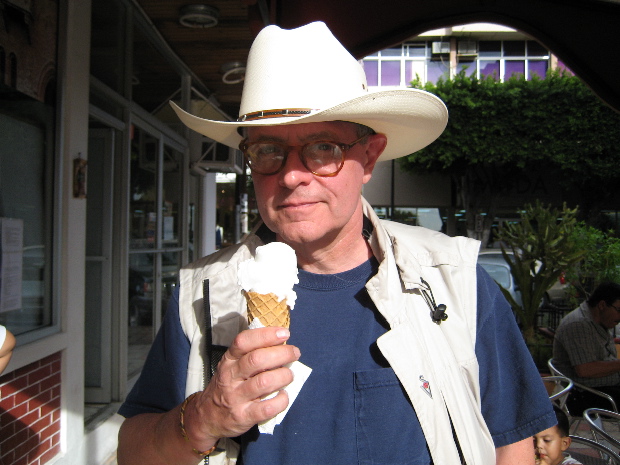
I live in a U. S. state that still considers itself Western.
Wearing a cowboy hat in Las Vegas doesn’t arouse any special curiosity
outside of the fancy casinos or yuppie enclaves like Summerlin . . . so
I didn’t feel that wearing one in Mexico constituted any kind of
charade. The hat seems to mean more or less the same thing on
both sides of the border. Maybe that’s the point.
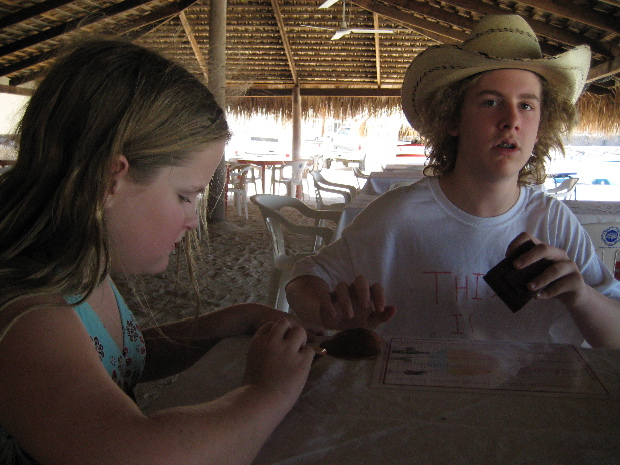
Second tip — travel with kids. Mexicans have an instinctive
reaction to kids that instantly dissolves all linguistic and
cultural barriers. They like having them around. They like
you for bringing them around.
Third tip — avoid the Pacific coast of Baja California above
Ensenada. Even if you’re motoring down from San Diego, go east
and cross at Tecate. The Pacific coast above Ensenada offers a
vision of the future of Baja California, as more and more Yankees
retire or build vacation homes there. The vision will make you
ashamed of being a Yankee and depressed about the future of Baja
California.
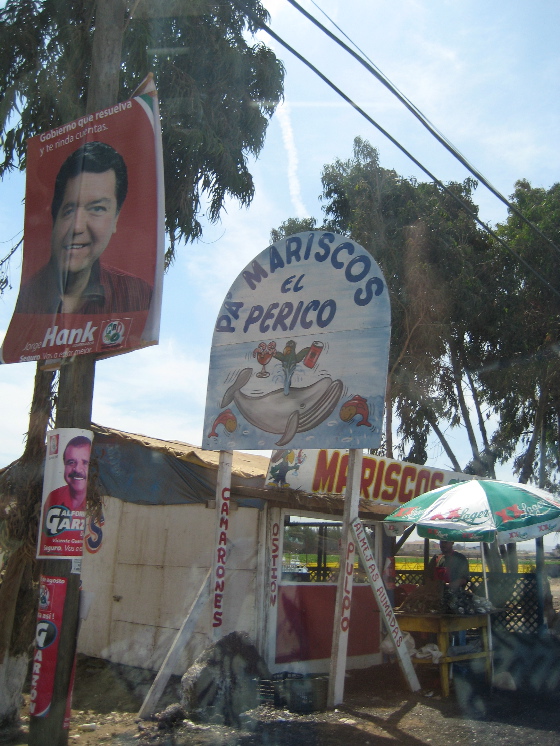
Fourth tip — go! Just go. Below Ensenada, and outside the
city limits of Cabo San Lucas, Mexico is still there. Its
gracious and humane culture has much to teach and many ways of
enchanting its complacent neighbors north of the border.
For previous Baja California trip reports, go here.
[Photos © 2007 Harry Rossi]

Thanks for all the tips, I'd like to visit Mexico sometime. I know things about the country but I didn't know anything about the people. Now after reading that I am sure a vacation in Mexico would be an insightful and hopefully intense experience for me.
Mexicans are, as a general rule, just about the best people in the world.